
Design Brief: Optum Group
Project Description
|
Intent/Scope
|
Exploration Questions
|
Target Users
|
Research Plan
|
Expected Outcomes
|
Success Metrics
|
Project Planning
|

Design Brief: Optum Group
Project Description
|
Intent/Scope
|
Exploration Questions
|
Target Users
|
Research Plan
|
Expected Outcomes
|
Success Metrics
|
Project Planning
|
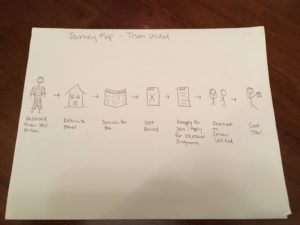
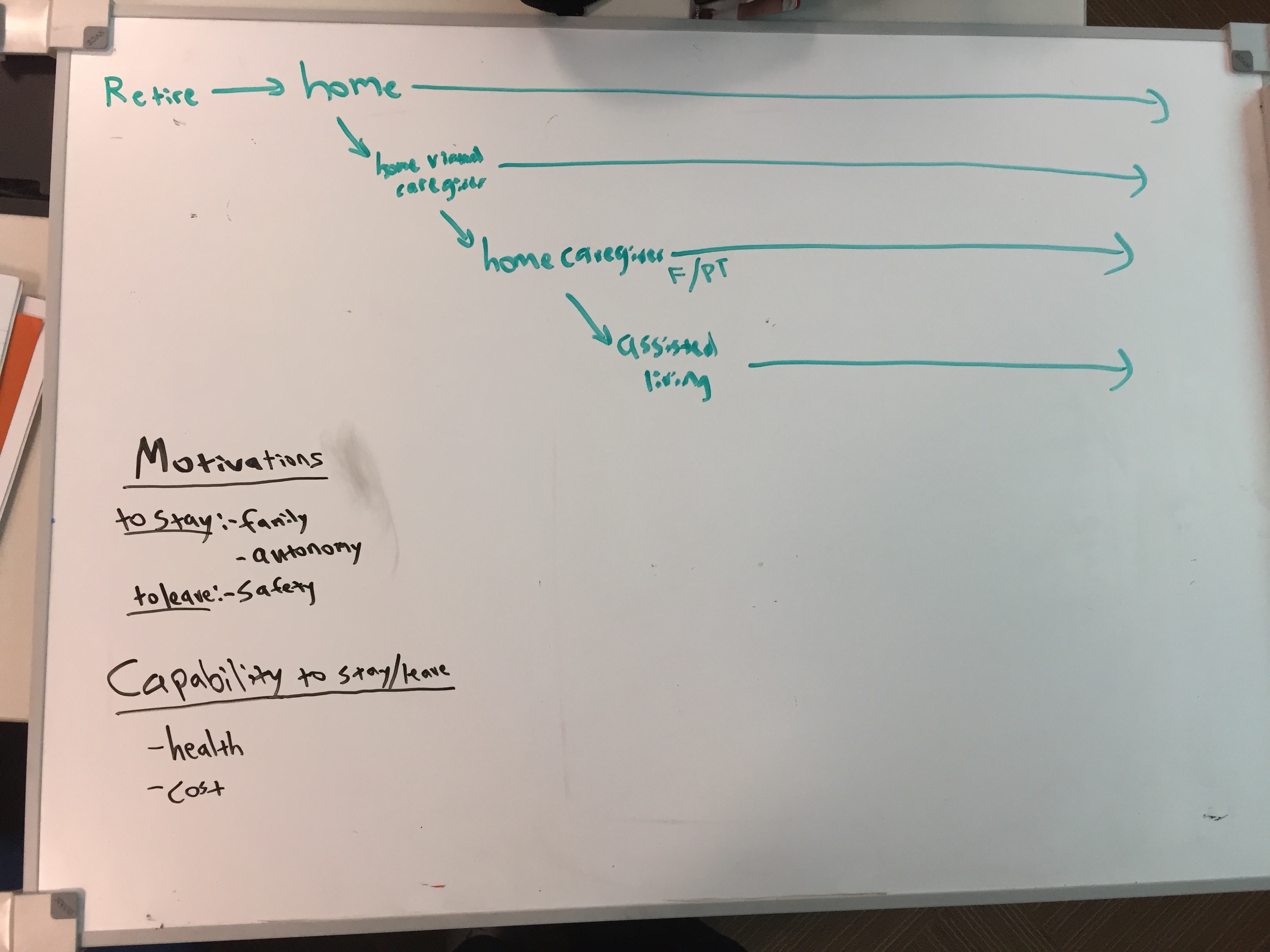
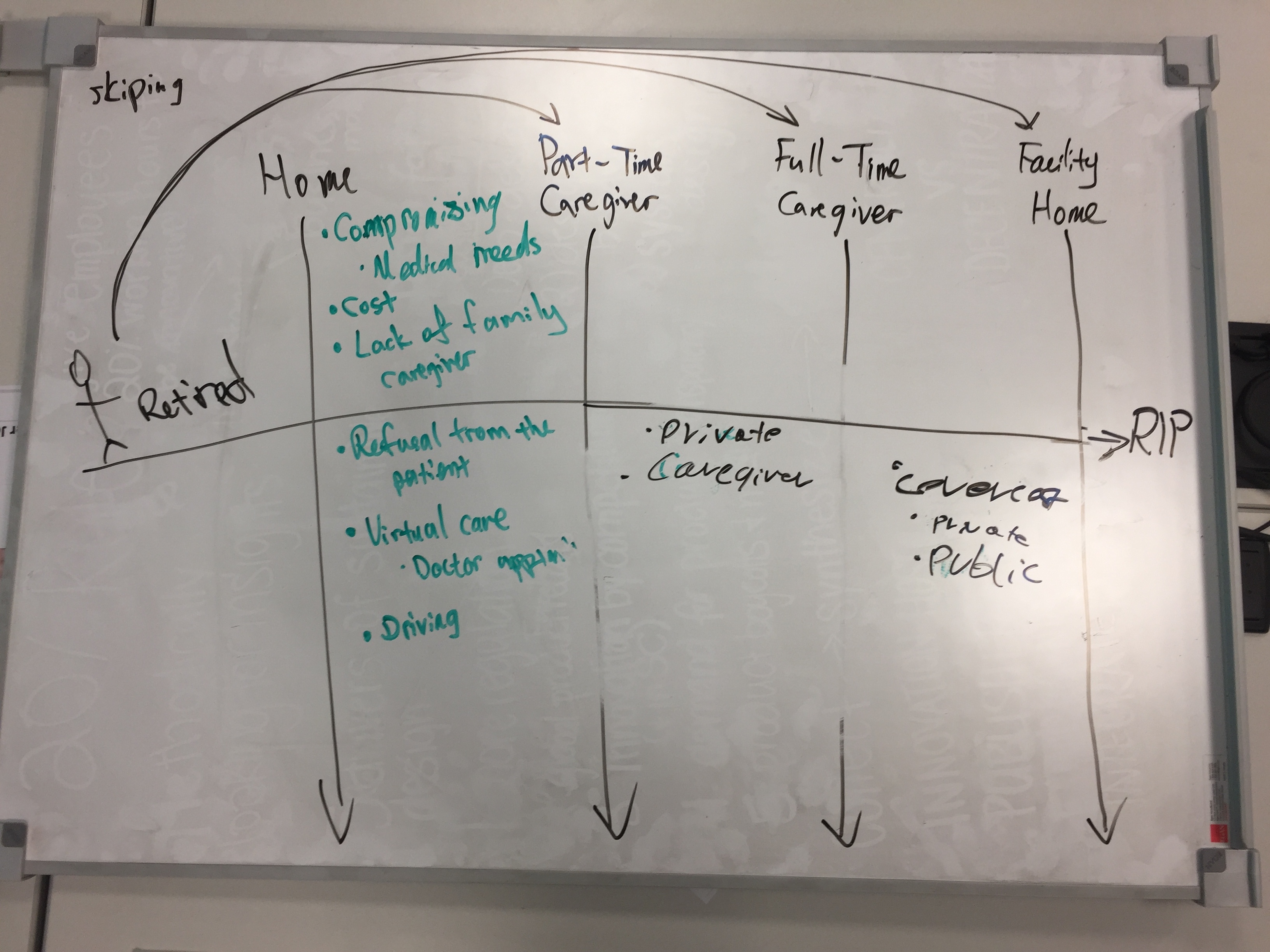
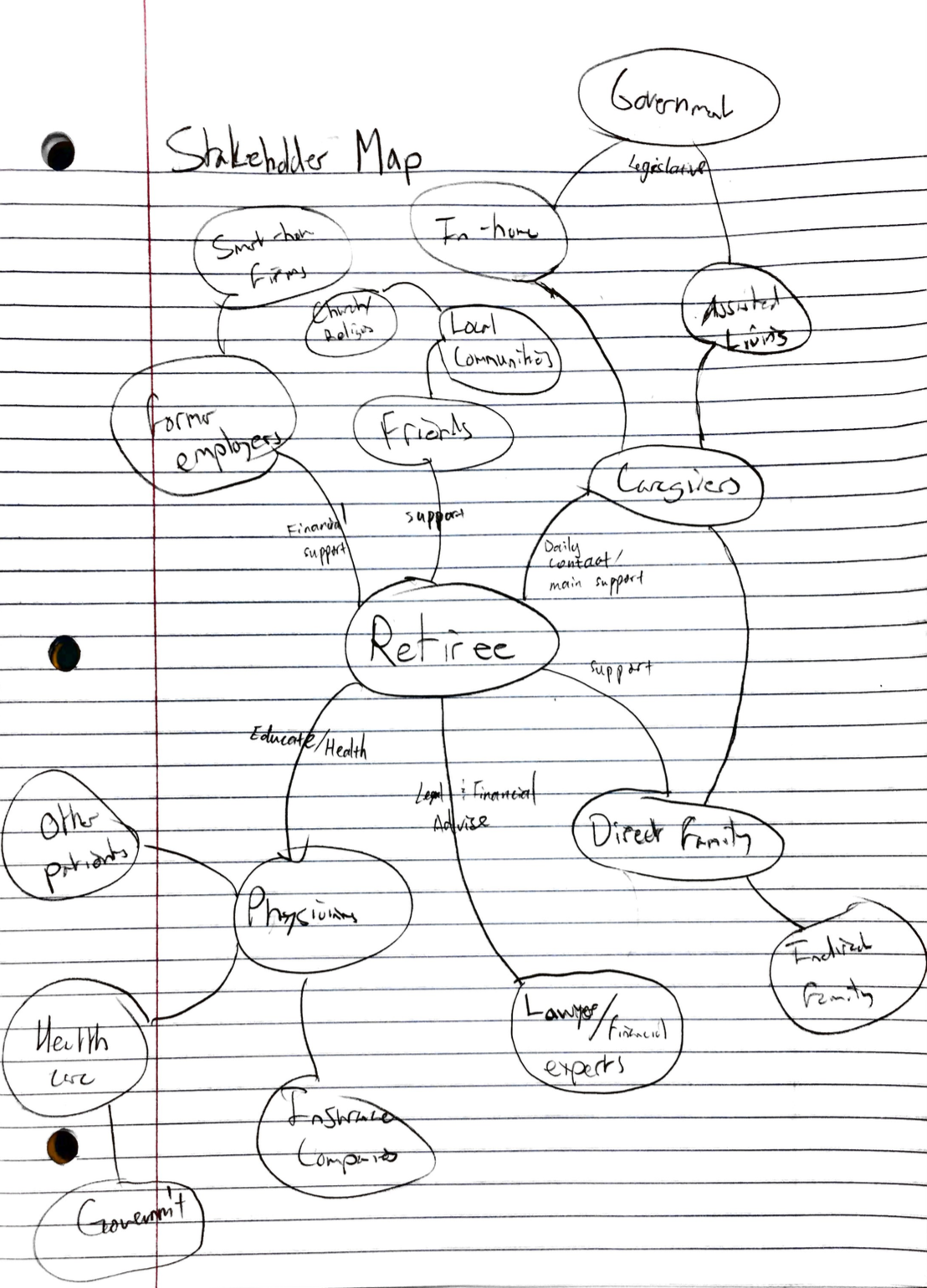
The Marten Program in Homiletics and Liturgics may be able to improve the homiletic skills of Catholic priests by increasing motivation to give better, more connective homilies.
The initial scope of this project will focus on providing incentives to amplify motivation among Catholic priests to improve their homiletic skills. Over time, the intent of this project is to work towards solving the Catholic Church’s problem of dwindling attendance numbers at Mass by enhancing the homiletic skills of priests, for we hope that this improvement will lead to increased attendance in Mass, enlarged engagement in the sacraments, and widespread adherence to the teachings of the Church as professed in the homilies.
This project will inform key strategic questions including:
The project will primarily focus on Catholic priests, but the indirect target audience will ultimately be the Catholics who are not avid Mass-goers, for we hope to increase attendance among this group by the enhanced homiletic and connecting abilities of the priests.
A team made up of myself and the Notre Dame Design for America club will conduct the “exploration” and “research plan” phases over the course of a semester.
|
Project Description: Enrollment numbers have been dropping for the past 6.5 years and they need help in putting Clay back on the map and drawing students in. Clay High School was the top high school in South Bend. Over the years, it has been relegated to the back, and Adams became the top one. Clay currently has an AP program and School Improvement Plan. How can we maintain the numbers and attract more students? |
|
Intent/Scope: Our team wants to address how the school can better market its wide array of services to the parents and students in the South Bend area. |
|
Exploration Questions:
|
|
Target Users: The evident target users for a high school are prospective students and their parents. The focus might be best placed on middle school students, parents of middle school students, current high school students at other schools, and even elementary school parents. The problem will involve the community as a whole. |
|
Research Plan: We will need to gather information on the following major things:
|
|
Expected Outcomes: We hope to create a recommendation to increase the student attendance at Clay High School. In order to increase attendance, we believe it is necessary to increase awareness of what the school offers. |
|
Success Metrics:
* Effectiveness of metrics will be more effectively measured in the long term as opposed to the short. |
|
Project Planning:
|
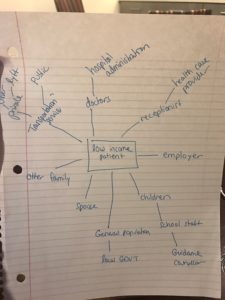
Journey Map
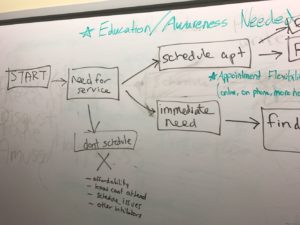
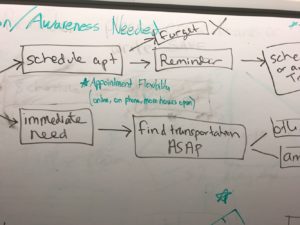
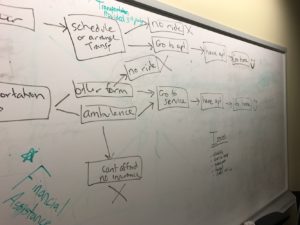
Design Brief- St. Joseph Health Systems
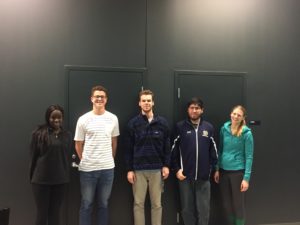
| The Center for the Homeless may be able to improve the safety of the community and the homeless
population by connecting the homeless in the encampment with local services available to them |
| Initially, the scope will focus on finding root causes of homelessness in the population, such as
substance abuse or unemployment, with the goal of connecting them with local organizations and/or services that can address these root problems. The Center for the Homeless will assess the needs of the homeless in the encampment (such as food, shelter, and mental health services), their current knowledge of available services, and any barriers preventing them from accessing these services |
| The project will seek to answer key questions including:
1. What are the current community resources available to this homeless population to address their current needs? 2. What barriers prevent the homeless from utilizing these services? 3. Is there a need for new service programs to address the homeless population’s needs? |
| Our target users will include the homeless population outside of the local shelters, specifically the population
located in the encampment under the bridge in South Bend. |
| We will conduct in-person interviews with leaders at the Center for the Homeless as well as members of the
homeless population in South Bend. |
| 1. Provide a stronger connection between local resources and the homeless population
2. Determine any opportunities for new services to meet the homeless population’s needs 3. Increase the safety of the community and the homeless population |
| 1. Did we identify and reduce major barriers to accessing services for the homeless?
2. Did we increase knowledge and utilization of services by the homeless population? 3. Did we find any gaps in services offered to the homeless and come up with next steps? |
| A 5-person team will conduct the research and exploratory phase over 6 weeks, followed by the ideation and
prototype phase during the following 6 weeks. |
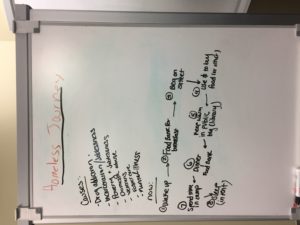
“With the aging of the US population, people will be happier and healthier in their homes versus care facilities. Are there ways of using the Internet of Things to better offer remote monitoring for caregivers, etc.? How do we help immediate post-retirees that are active and do not need a caregiver yet with prevention? For those that are working with a caregiver now, how do we keep them in the home longer?”
Discover a way to use the Internet of Things to monitor our aging population in their own homes and send any and all information to their doctors and/or caregivers.